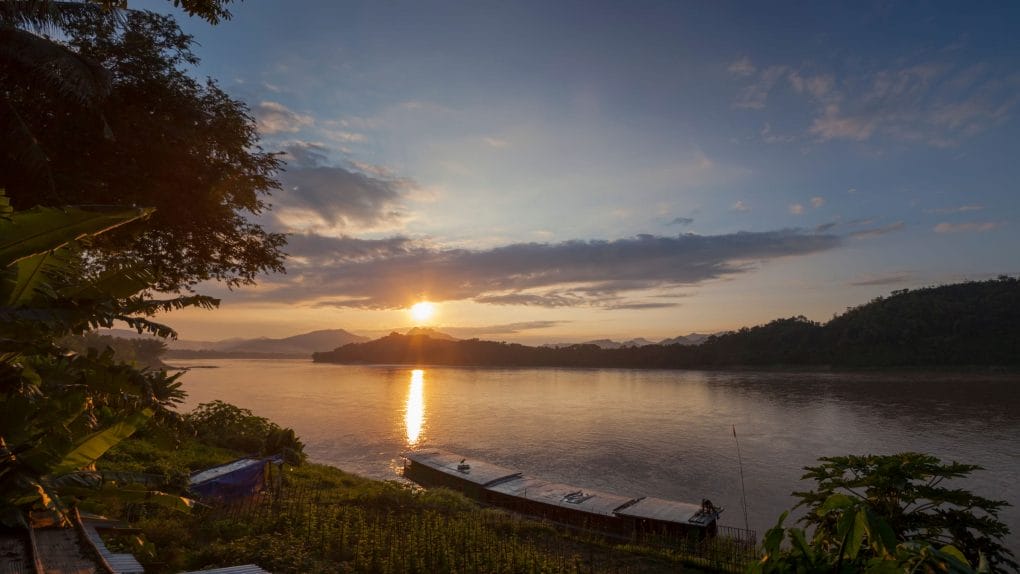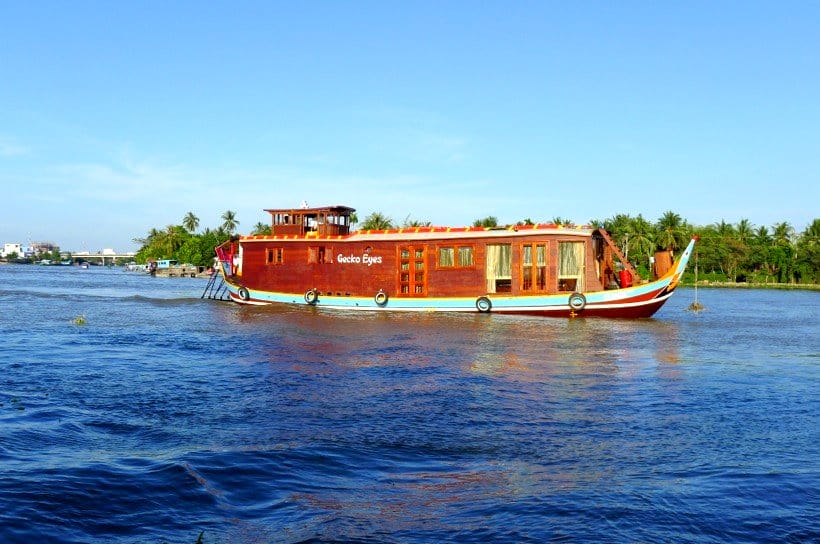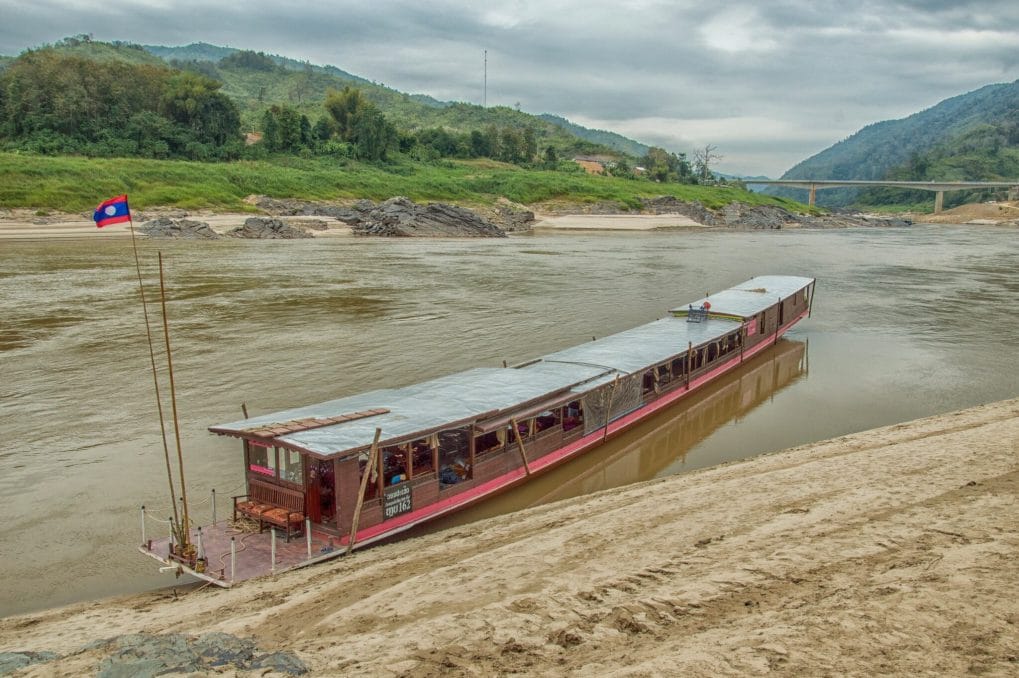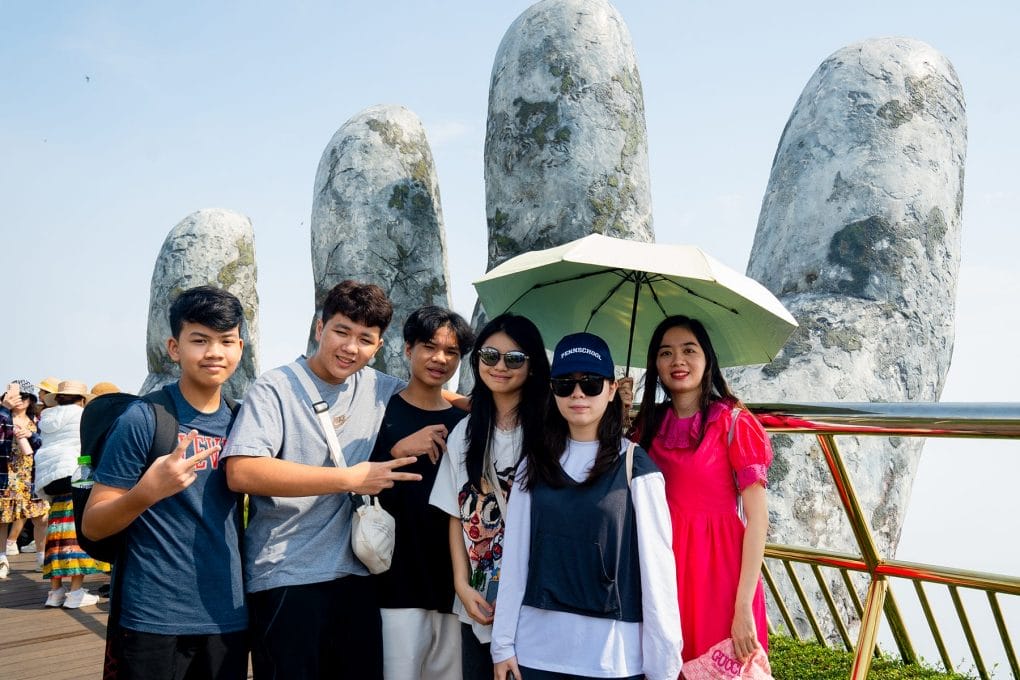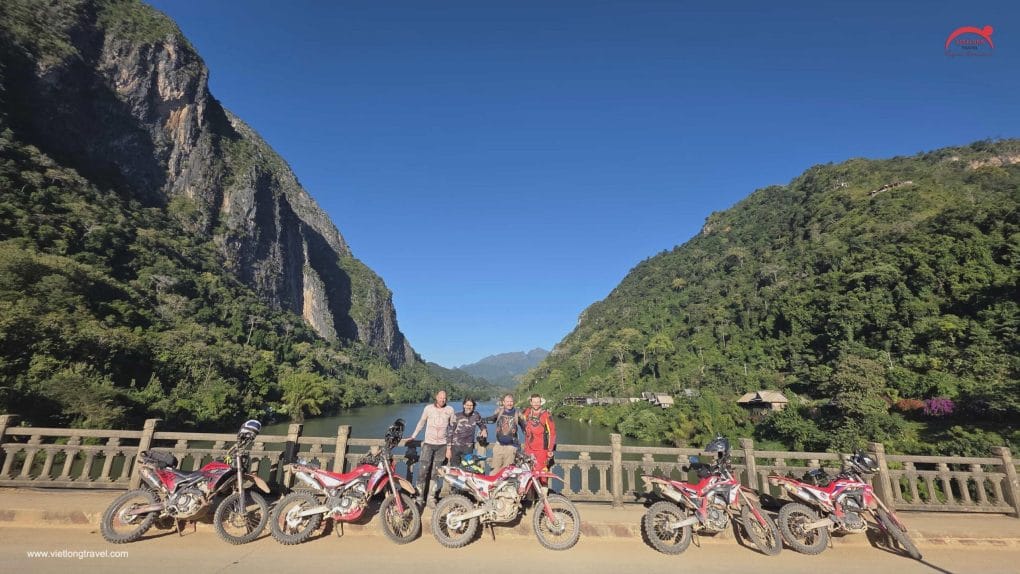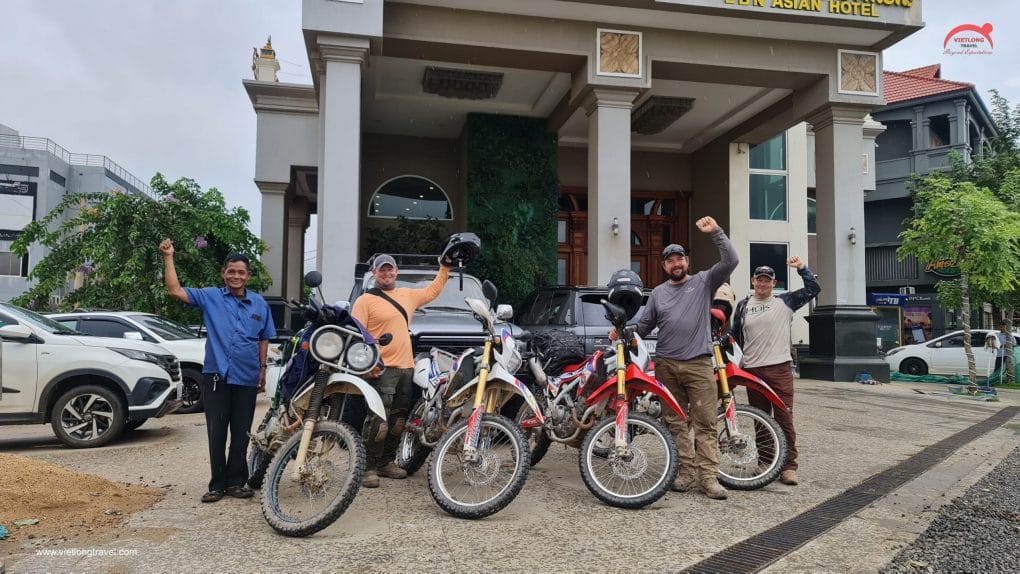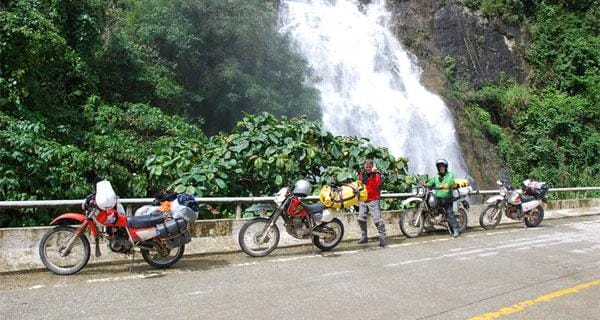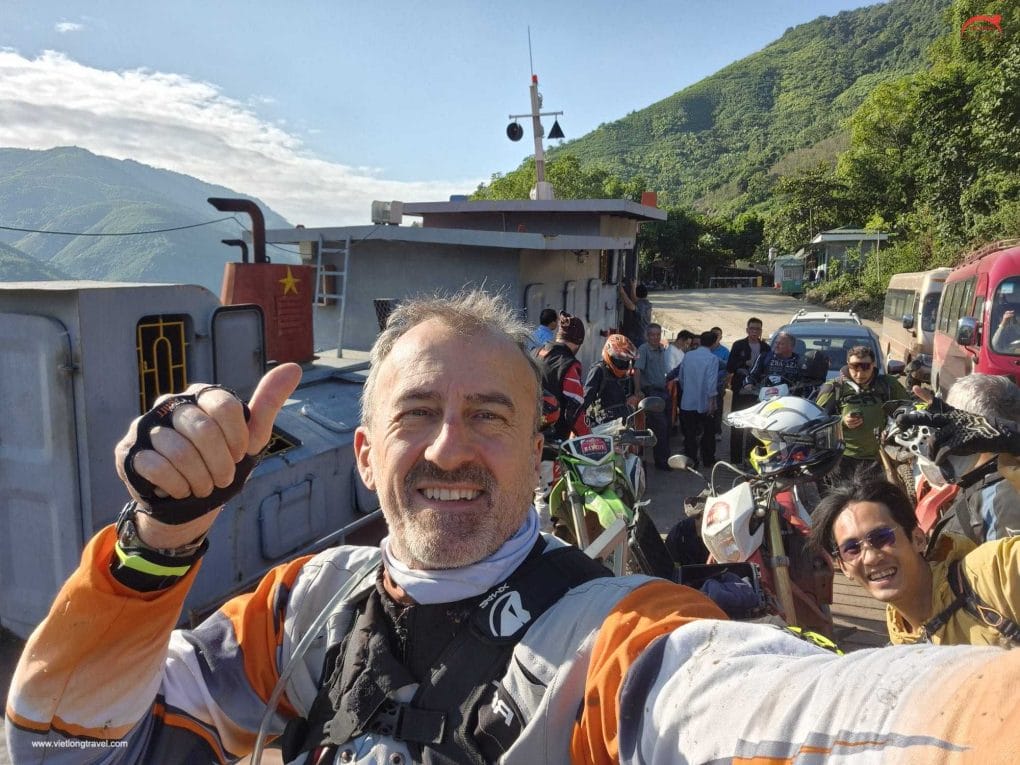Water holds profound symbolic meaning in Southeast Asian cultures, especially during New Year celebrations. Festivals like Songkran in Thailand, Thingyan in Myanmar, Boun Pi Mai in Laos, and Sankranta in Cambodia utilize water as a central element to signify purification, renewal, and blessings. These traditions, deeply rooted in Buddhist beliefs and agrarian lifestyles, mark the transition into a new year with rituals that cleanse the past and welcome prosperity.

In these festivals, water symbolizes purification, washing away misfortunes and sins accumulated over the past year. The act of splashing or pouring water is not merely playful but is a ritualistic cleansing, preparing individuals for a fresh start. This practice reflects the deep-seated belief in water’s ability to purify both physically and spiritually.
Songkran Festival in Thailand
Songkran, celebrated from April 13th to 15th, marks the traditional Thai New Year. The festival is renowned for its exuberant water fights, where people of all ages splash water on each other. Beyond the festivities, the water rituals have profound meanings. Pouring water over Buddha statues and the hands of elders is a sign of respect and a way to seek blessings. These practices underscore the festival’s emphasis on renewal and reverence.
Thingyan Festival in Myanmar
Thingyan, Myanmar’s New Year festival, typically occurs in mid-April. The celebration involves ceremonial water pouring, symbolizing the washing away of sins and bad luck. Traditional performances and charitable acts accompany the water rituals, reflecting the festival’s focus on community and compassion. In recent years, events such as natural disasters have led to more subdued celebrations, emphasizing the festival’s adaptability and enduring significance.
Boun Pi Mai in Laos
Boun Pi Mai, the Lao New Year, is celebrated with water-based activities that blend religious ceremonies and communal festivities. People engage in water splashing to cleanse homes and temples, and to pay respects to elders. The festival also features traditional music, dance, and the building of sand stupas, symbolizing merit-making and spiritual renewal.
Sankranta in Cambodia
In Cambodia, Sankranta marks the New Year with a blend of solemn rituals and joyful celebrations. Water plays a central role, with people participating in water pouring ceremonies to honor elders and cleanse Buddha statues. These acts are believed to bring good fortune and happiness in the coming year. The festival also includes traditional games and dances, fostering a sense of community and cultural pride.
Shared Themes Across Festivals
Despite regional differences, these festivals share common themes:
-
Purification: Using water to cleanse the body and spirit.
-
Renewal: Starting the new year afresh, free from past misfortunes.
-
Respect: Honoring elders and religious figures through water rituals.
-
Community: Engaging in collective celebrations that strengthen social bonds.
Frequently Asked Questions
Q: Why is water used in these New Year festivals?
A: Water symbolizes purification and the washing away of sins and bad luck, preparing individuals for a fresh start in the new year.
Q: Are there specific rituals involving water in these festivals?
A: Yes, common rituals include pouring water over Buddha statues, elders’ hands, and engaging in communal water splashing to promote blessings and unity.
Q: How do these festivals differ across countries?
A: While the core symbolism of water remains consistent, each country incorporates unique cultural elements, such as traditional dances in Laos or sand stupas in Cambodia.
Q: Can tourists participate in these festivals?
A: Absolutely. Tourists are welcome to join the celebrations, but it’s important to respect local customs and participate respectfully in traditional rituals.
Experience the vibrant traditions of Southeast Asia’s New Year festivals.
Join us on a cultural Indochina journey through Thailand, Myanmar, Laos, and Cambodia, where water symbolizes renewal and community spirit thrives.



